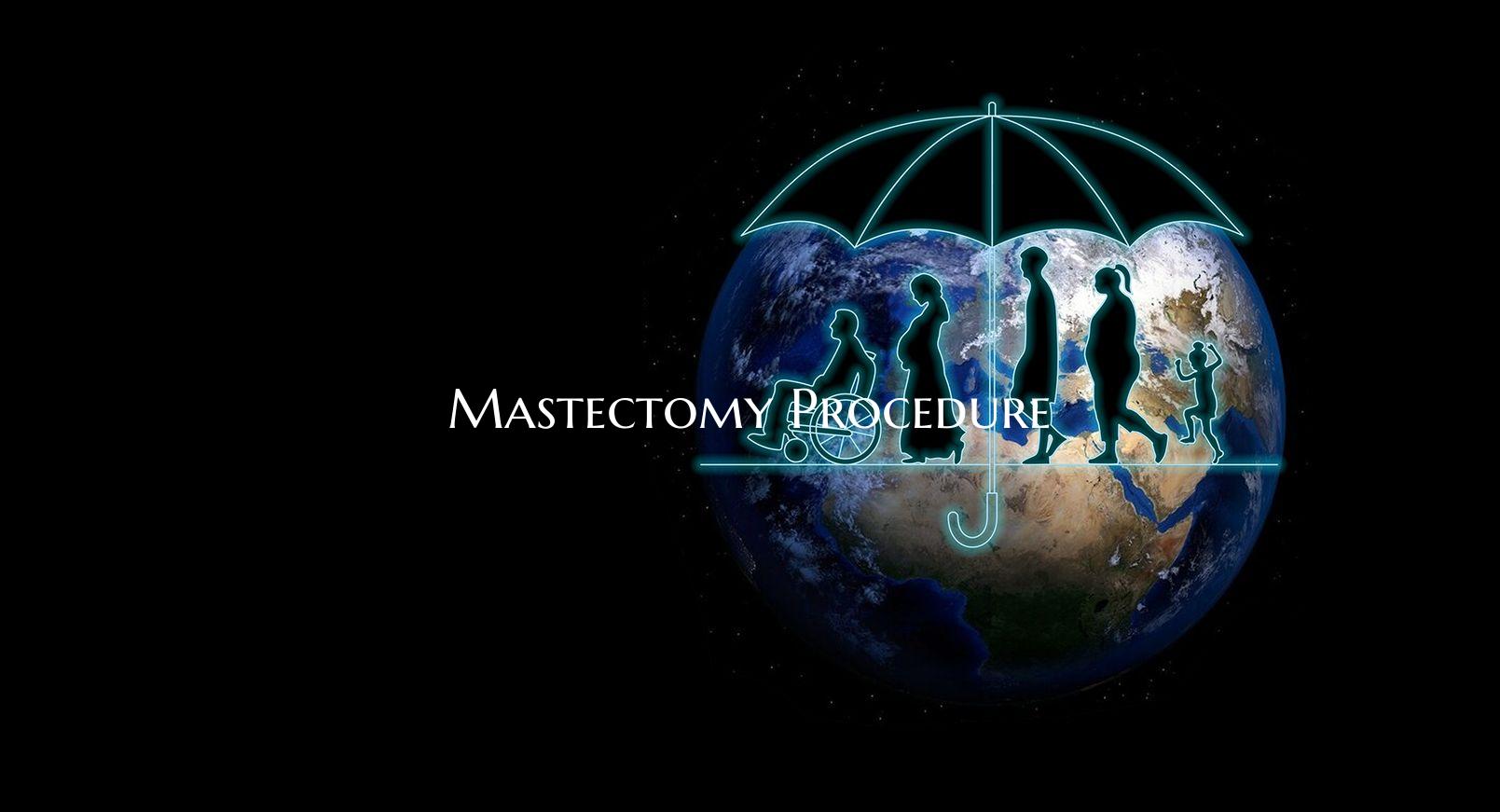
Mastectomy Procedure
A mastectomy is a surgical procedure wherein one or both breasts are partially or completely removed, usually as a treatment for breast cancer. This procedure may be recommended by a healthcare provider to remove cancerous cells or as a preventive measure for individuals at high risk of developing breast cancer. There are different types of mastectomies, including simple or total mastectomy, skin-sparing mastectomy, nipple-sparing mastectomy, and modified radical mastectomy.
During a mastectomy, the surgeon makes an incision in the breast and removes the breast tissue. In some cases, lymph nodes in the armpit area may also be removed to check for the spread of cancer. The surgeon then closes the incision with sutures or other closure methods.
Recovery from a mastectomy may vary depending on the individual and the extent of the procedure. Patients may experience pain, swelling, and limited arm mobility in the days and weeks following surgery. Physical therapy and exercises are often recommended to aid in regaining strength and range of motion.
Following a mastectomy, patients may choose to undergo breast reconstruction surgery to restore the appearance of the breast. This can be done using implants or autologous tissue transfer from another part of the body.
It is important for individuals undergoing a mastectomy to follow their healthcare provider's recommendations for post-operative care, including managing pain, monitoring for signs of infection, and attending follow-up appointments. Emotional support and counseling may also be beneficial as patients adjust to the physical and emotional changes that may come with this procedure.